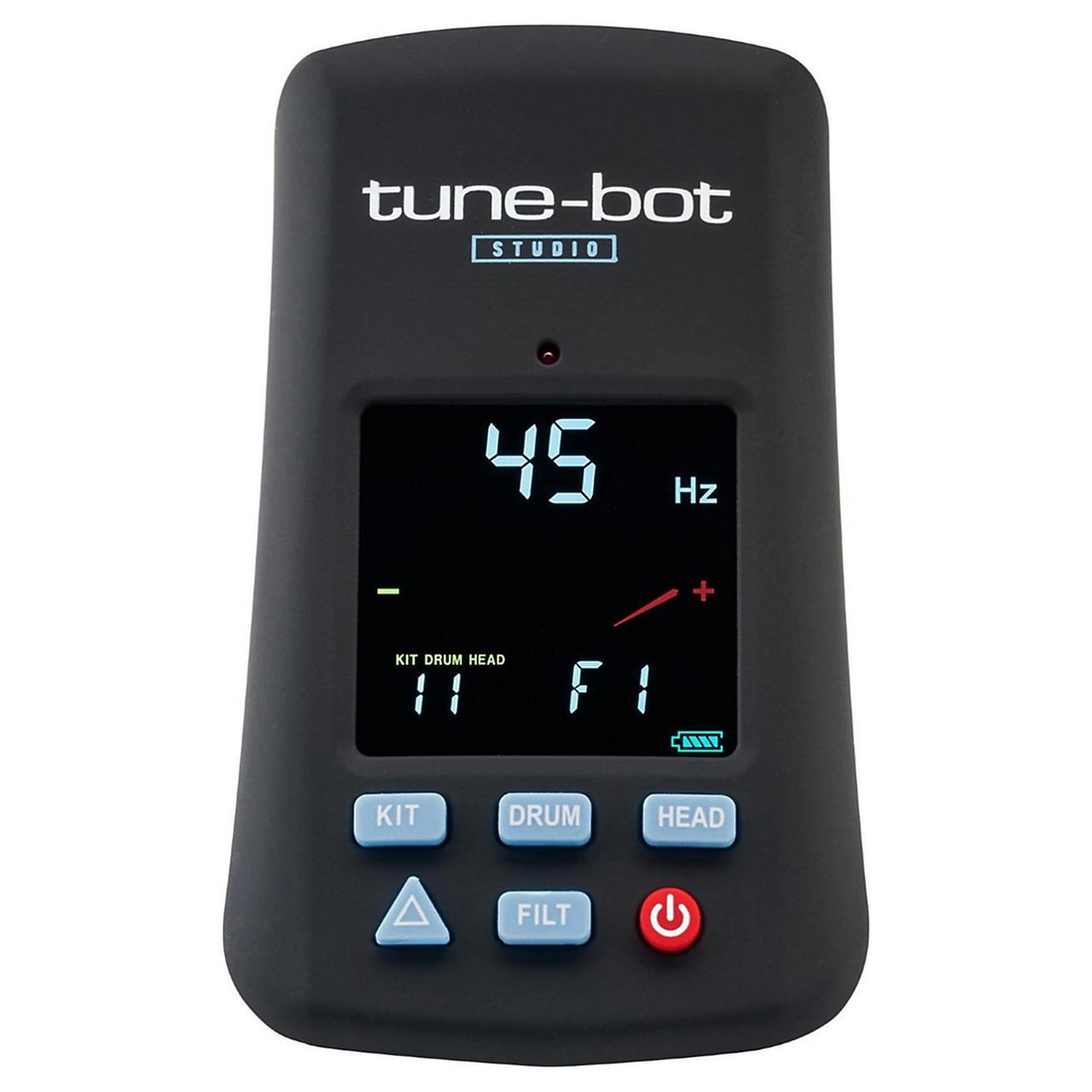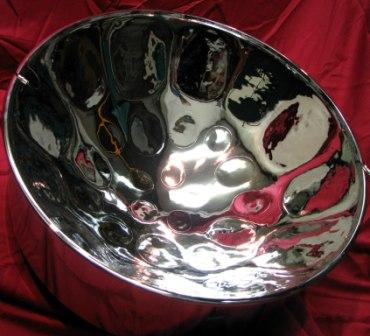

Replace each tuning rod and turn gently with your fingers until they don’t wiggle (this is called “finger-tight”).

This will give you the most accurate sound for tuning.

Release your throw-off to make sure your snares are turned off. Now that everything is in place, it’s time to get the head in tune. Swapping out the hoop is one way to change the sound of your snare, and if the hoop is bent, it might be tough to seat the drum head properly. Die-cast and wood hoops are less flexible and tend to muffle overtones, while triple-flanged have some additional “play” and allow the head to resonate more. The type of hoop on your snare is important too. If you can’t, it might be time to think about getting another drum. You should be able to seat the head even if the bearing edge is a little off. Beyond that, there’s not much you can do without getting into a major repair like sanding it down and using a machine to fix it. You can try DrumDial Bearing Edge Conditioner to help the head glide on more smoothly. The part of the drum where the hoop rests is called the “ bearing edge” and if it’s warped, the head may not sit exactly right. It’s important to seat the new head properly. Make sure the inside of your drum is completely clean before you pop on the new head. Remove the screws, the hoop and the old head, then use a dry cloth to wipe everything down. A lot of drummers make this mistake and then wonder “where the heck is that humming or rattling coming from?” We’ve all been there! Each part of the drum set has different overtones, and isolating the snare while you’re tuning will reduce the chance of hearing sounds from the toms or bass drum.

Step 2: Putting on the headsįirst things first: move your snare away from the rest of the kit. It measures the relative tension of the drumhead at a specific point, which – if you use it properly – can help you make small adjustments that’ll get the tuning just right. Digital tunerĭigital tools can increase the accuracy of your tuning, and DrumDial is a simple and useful option. You can also pick up a custom zinc-alloy design (featuring your favorite drummers) from drumkeyshop. There are so many different types of drum keys, but a magnetic one that’s a little larger will make tuning even easier. These heads are clear and usually very thin. The bottom or “resonant” head doesn’t take the same beating and will last longer, but if it has a hole or the drum doesn’t sound quite right, it might be time for a new one. Resonant head (bottom)ĭo I need to replace the bottom head every time I change the batter head? Every drum sounds unique, so the best way to find the perfect head is to experiment until you get the sound you’re looking for. Thicker double-ply heads will “focus” the sound of your snare to create a fatter tone. Single-ply batter (or top) heads like this one will have more resonance and sound good for any style where you want a more “open” tone. That totally depends on what type of music you’re playing and what sound you’re going for. This snare tuning guide will help you to cast off rattles and overtones so you can get that satisfying “thwack!” Step 1: Make sure you have these items Batter head (top) Can’t seem to get your snare dialed in just right? Poor tuning can make it nearly impossible to get a good sound whether you’re onstage, in the studio or in the practice room.


 0 kommentar(er)
0 kommentar(er)
